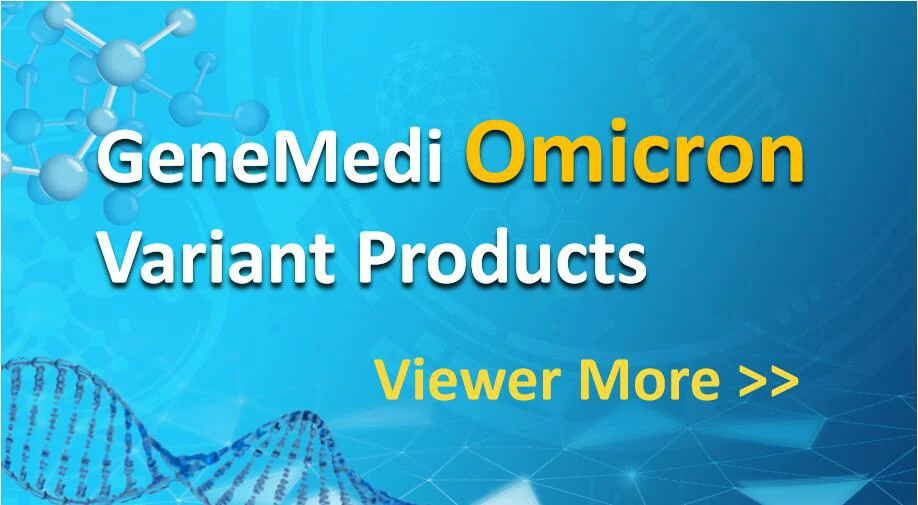Human endogenous retroviral envelope protein HERV-W-Env neutralizing antibodies (NAb) Temelimab (formerly called GNbAC1) is an immunoglobulin (Ig) G4 monoclonal antibody that targets the human endogenous retroviral envelope protein HERV-W-Env, shown to be associated with the pathogenesis of certain autoimmune disorders such as multiple sclerosis (MS) and type 1 diabetes mellitus (T1D). By neutralizing HERV-W-Env, temelimab […]
Category Archives: diagnostic article
A transmembrane protein (TM) is an integral membrane protein, which are embedded in the cell membrane. The transmembrane region, which directly interacts with the phospholipid bilayer and act as gateways to transport of specific substances across the membrane through signal pathways and cell metabolism. They regularly endure significant conformational changes to move a substance through the membrane. TM are highly hydrophobic, which aggregate […]
Endogenous coupling of amino acids One of the most common coupling methods is to use the lysine residue of the antibody, the amino acid nucleophilic NH2 group, to react with the electrophilic N-hydroxysuccinimide (NHS) Group on the lik payload. Although the reaction is simple, the high abundance of available lysine residues leads to the formation […]
The natural structure of monoclonal antibodies provides a variety of possibilities for biological coupling. Chemical and specific natural (non engineering) antibody coupling has some advantages. It can avoid the complexity of antibody specific site mutation and the possible challenges in the amplification and optimization of cell culture. Coupling sites according to the antibody sequence, the […]
Apoptosis inducer (BCL XL inhibitor) Overexpression of anti apoptotic Bcl-2 family members (including BCL XL) is one of the mechanisms for cancer cells to obtain apoptosis resistance. Drugs that block the BH3 binding domain on BCL XL can trigger cancer cell apoptosis. Telanstadine and its analogues Targeted spliceosome is a large ribonucleoprotein complex involved in […]
There are so many payloads, like MMAE, Calicheamicin, MMAF, DM1, SN-38 and Dxd. Pyrrole benzodiazepines and indole chlorobenzodiazepines Pyrrolo [2,1-c] [1,4] benzodiazepine (PBD) is a natural product with antitumor activity. Their mode of action is selective alkylation in small grooves of DNA, in which the N2 of guanine forms a covalent bond with the electrophilic […]
There are so many payloads, like MMAE, Calicheamicin, MMAF, DM1, SN-38 and Dxd. Calendula Auristatins is an important payload used in ADC. The most famous family member MMAE exists in two listed drugs, adcetris and Polivy. At present, more than 10 kinds of ADCs with calendula (such as MMAE) or methylcalendula f (MMAF) […]
Table2. Chemical triggers Conjugate linker is not only the molecular part forming covalent connection between antibody and small molecule payload, but also the key element with design properties in targeted drug therapy. The addition of linkers should not induce aggregation, and it is necessary to ensure acceptable PK characteristics, limit the premature release (stability) of […]
1. Mylotarg® (gemtuzumab ozogamicin) from Wyeth/Pfizer was the first ADC to reach the market. It is composed of a recombinant humanized anti-CD33 mAb (IgG4κ antibody hP67.6) covalently attached to a calicheamicin derived payload (N-acetyl-γ-calicheamicin 1,2-dimethyl hydrazine dichloride) via a pH-sensitive hydrazone linker. 2. Adcetris® (brentuximab vedotin) from Seagen (formerly Seattle Genetics), containing a CD30-specific mAb conjugated to […]
FDA approved Antibody-drug conjugate (ADC) for clinical use Clinically, most of the ADC drugs approved by FDA are IgG1, and the targets are CD33, CD22, HER2 and so on. The most common payload is MMAE, also contains calicheamicin, DM1. ADC drugs are mainly used in the field of antitumor, which is one of the hot […]




